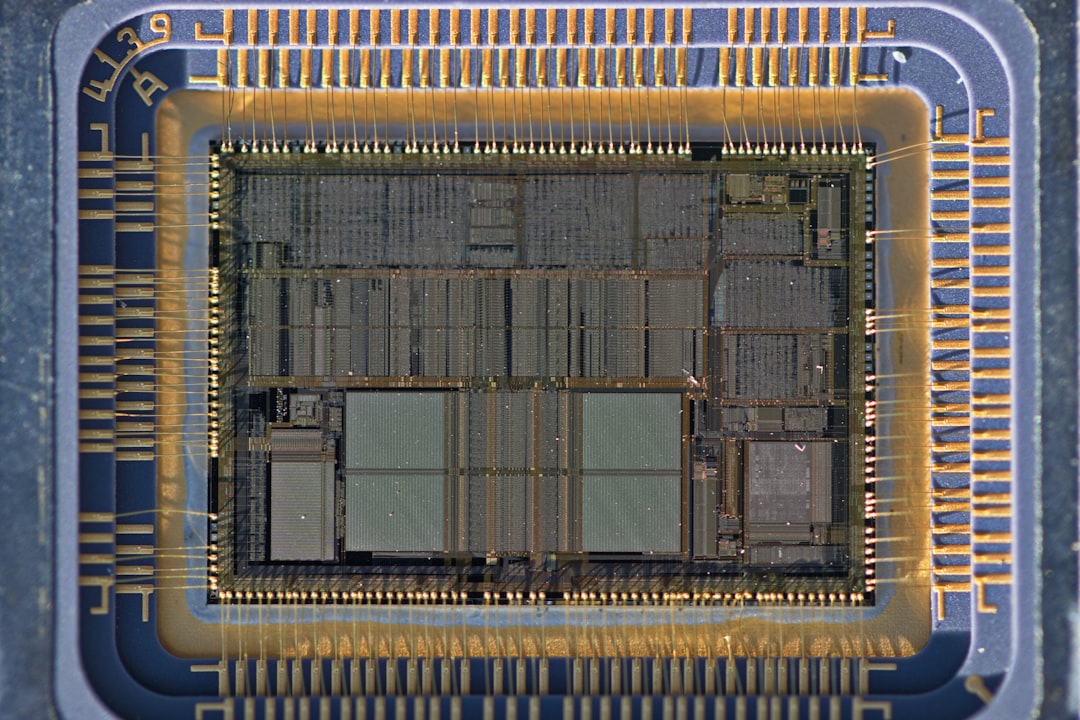When building or upgrading a PC, one of the first decisions you’ll face is choosing the right motherboard and processor combination. At the heart of this compatibility lies a seemingly obscure but crucial component: the CPU socket. Two of Intel’s popular sockets — LGA1155 and LGA1151 — may seem similar, but each has unique characteristics that can significantly affect your build. Whether you’re reviving an older system or speccing out a new rig, understanding the differences between these sockets is key.
TL;DR
LGA1155 and LGA1151 are both CPU sockets created by Intel, but they belong to different generations. LGA1155 supports older CPUs like the 2nd and 3rd Gen Intel Core series, while LGA1151 accommodates newer ones, starting from the 6th Gen and up. They are not physically or electrically compatible with each other. So, if you’re upgrading, you’ll likely need a new motherboard and possibly even new RAM depending on which socket you move to.
What Are CPU Sockets and Why Do They Matter?
A CPU socket is a physical and electrical interface between the processor and the motherboard. It ensures that the CPU communicates effectively with the rest of your system. Intel uses a system called LGA — or Land Grid Array — which features pins in the socket itself instead of on the processor. This design makes the chip less susceptible to physical damage but ties the chip very specifically to a matching socket.
A mismatch between socket and CPU can be a costly mistake — it’s not just about whether the CPU will fit physically, but also whether it will function electronically. That’s why knowing the differences between sockets like LGA1155 and LGA1151 is crucial when planning a build or upgrade.
LGA1155: The Veteran Socket
LGA1155, also known as Socket H2, was introduced in 2011. It was used for Intel’s Sandy Bridge (2nd Gen) and Ivy Bridge (3rd Gen) CPUs. Back then, it was a game-changer in terms of performance, power efficiency, and integrated graphics.
Key features of LGA1155:
- Pin Count: 1155 contact points
- Supported Chipsets: Intel 6-series (Sandy Bridge), 7-series (Ivy Bridge)
- Memory Support: DDR3 RAM
- Release Year: 2011
Despite being over a decade old, LGA1155 systems can still handle basic tasks, light gaming, and office work — making them appealing for budget-conscious users refurbishing old machines.

LGA1151: The Modern Mainstream
In 2015, Intel introduced LGA1151 as the successor to LGA1150 (itself a successor to LGA1155). LGA1151 was designed to support Intel’s Skylake (6th Gen) and was later revised for newer CPUs up through the 9th Gen (Coffee Lake). It’s notably more modern with support for faster memory, improved I/O interfaces, and newer chipsets.
Key features of LGA1151:
- Pin Count: 1151 contact points
- Supported Chipsets: 100-series, 200-series, and 300-series chipsets
- Memory Support: DDR4 (and some DDR3L in earlier motherboards)
- Release Year: 2015
Interestingly, Intel reused the LGA1151 name for multiple generations of processors — including two different revisions of the socket. As a result, you can’t always stick any LGA1151-compatible CPU into any LGA1151 motherboard.
Important Note on LGA1151 Revisions
LGA1151 has two main versions:
- Version 1: Supports 6th and 7th Gen CPUs (Skylake and Kaby Lake)
- Version 2: Supports 8th and 9th Gen CPUs (Coffee Lake and Coffee Lake Refresh)
These CPUs must be paired with the appropriate chipset (e.g., Z170 for 6th/7th Gen, Z370/Z390 for 8th/9th Gen). Despite sharing the same pin layout, the power delivery requirements differ, so mismatched combinations won’t boot or may even damage components.

LGA1155 vs LGA1151: A Side-by-Side Comparison
| Feature | LGA1155 | LGA1151 |
|---|---|---|
| Release Date | 2011 | 2015 |
| Supported CPU Generations | 2nd and 3rd Gen (Sandy/Ivy Bridge) | 6th to 9th Gen (Skylake to Coffee Lake Refresh) |
| Memory Support | DDR3 | DDR4, some DDR3L (early boards) |
| Chipsets | Intel 6- and 7-series | Intel 100-, 200-, and 300-series |
| PCIe Support | PCIe 2.0 / 3.0 | PCIe 3.0 / some PCIe 4.0 with later chipsets |
| Compatibility | Not compatible with LGA1151 CPUs | Only partially backwards compatible within same socket version |
Performance Considerations
It’s no surprise that LGA1151 supports more powerful CPUs with newer architectures, meaning better performance in almost every area:
- Higher core and thread counts
- Improved instruction sets
- Lower power draw with better efficiency
- Faster memory and I/O capabilities
For gamers and content creators, LGA1151 offers CPUs with significantly better performance metrics, such as the Core i7-9700K, compared to the aging Core i7-3770 on LGA1155 systems.
Upgrade Paths and Compatibility Tips
If you’re currently on LGA1155 and considering an upgrade, be aware that moving to LGA1151 generally means replacing at least three components:
- The CPU
- The motherboard
- The RAM (since DDR3 isn’t compatible with DDR4 sockets)
Keep in mind these compatibility tips:
- Do not assume physical similarity means compatibility — the sockets are not interchangeable
- Always check the motherboard’s supported CPU list before purchasing
- Ensure your power supply and cooling solution are still adequate for your upgraded components
Future Considerations
Both LGA1155 and LGA1151 have been succeeded by even newer sockets like LGA1200 and LGA1700, which support Intel’s 10th through 14th Gen CPUs. If investing in a future-proof build, you may want to consider skipping LGA1151 entirely in favor of something more current. Still, if you’re working with what you already have or acquiring older parts at a discount, an LGA1151 system can provide solid modern-day performance at a lower cost.
Conclusion
While at a glance LGA1155 and LGA1151 might appear similar due to their naming and shared LGA design, they are fundamentally different in functionality, compatibility, and supported hardware. LGA1155 is a seasoned veteran great for retro builds and budget use, whereas LGA1151 serves as a
